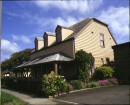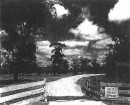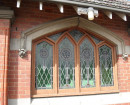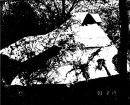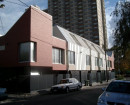BRUCE MANOR
34 PINEHILL DRIVE FRANKSTON, FRANKSTON CITY
-
Add to tour
You must log in to do that.
-
Share
-
Shortlist place
You must log in to do that.
- Download report
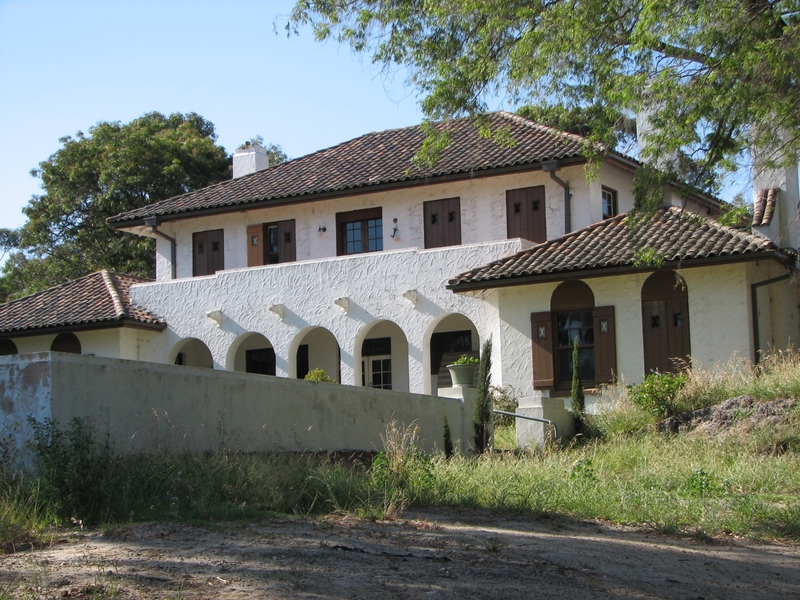


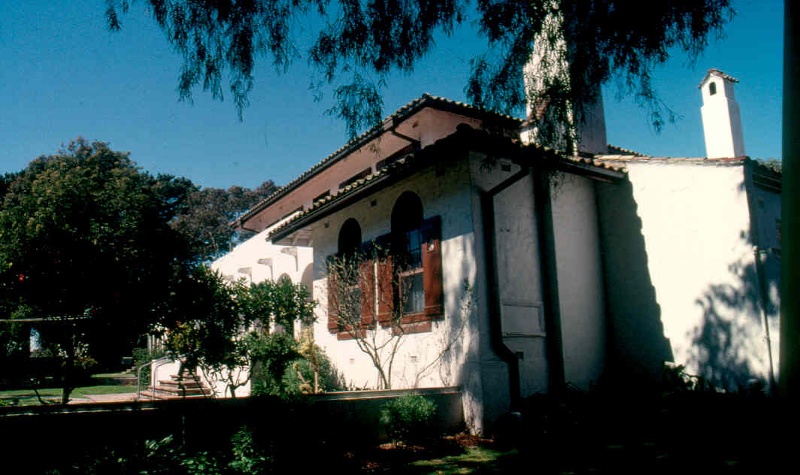

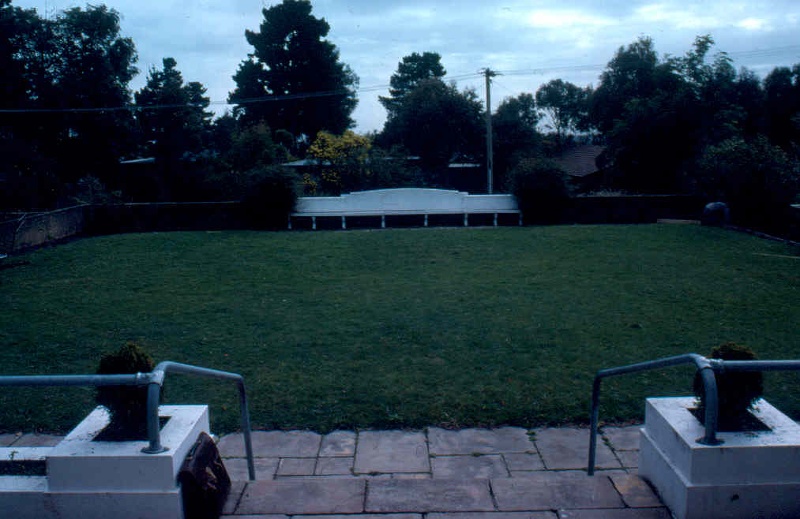




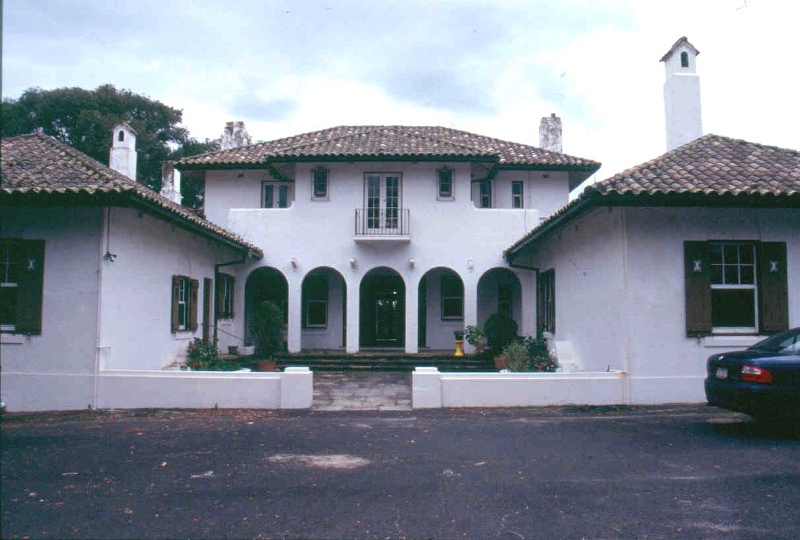
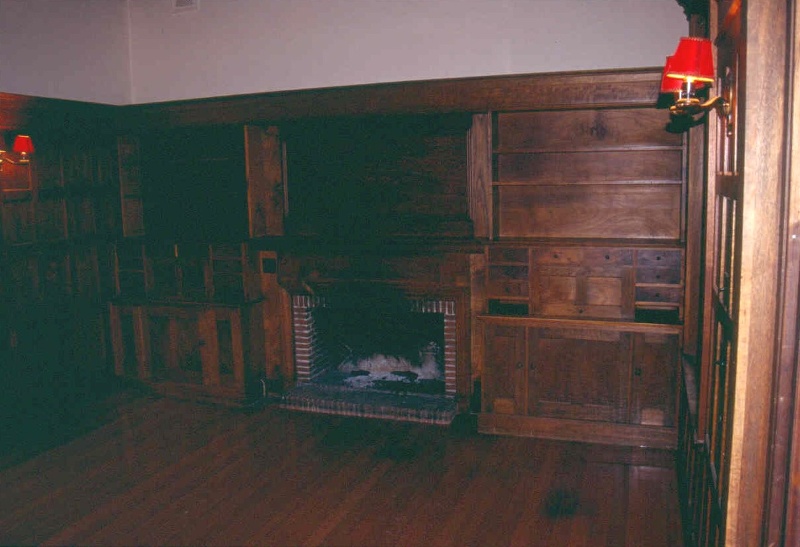
Statement of Significance
What is Significant?
Bruce Manor was designed for Stanley Melbourne (later Viscount) Bruce by the Sydney firm of architects Prevost Synnot and Rewald, in association with Robert Bell Hamilton, in 1926. Bruce Manor is a Mediterranean inspired residence with paved courtyards, Cordova patterned roof tiles, a Juliet balcony and timber panelled interiors. The building has been used as hostel accommodation for the aged.
How is it Significant?
Bruce Manor is of architectural and historical significance to the State of Victoria.
Why is it Significant?
Bruce Manor is of architectural significance as a substantial and near complete example of a Mediterranean style house. In the 1920s and 30s houses of this style and scale were popularised by magazines such as Australian Home Beautiful. Mediterranean inspired designs were seen to be glamorous manifestations of Hollywood and the film industry and much more exotic than the modest Georgian or Bungalow styles which were prevalent at the time.
Whilst the building no longer has 'buff pink' walls or vivid blue shutters and doors, it has retained its original fittings, fixtures, piazzas and arcaded verandah and remains as a building of high integrity. Bruce Manor was influential in the stylistic development of architecture in Victoria and examples of this can be seen in later modest developments in areas such as Camberwell. The building also has an important association with The Lodge in Canberra which was constructed in 1926; both were built in a similar architectural style and both were first lived in by Bruce.
Bruce Manor is historically significant as the residence of Viscount Stanley Melbourne Bruce, Prime Minister of Australia from 1923 to 1929. Bruce Manor was constructed in 1926 for Bruce who was a prominent and distinguished figure in Australian politics throughout the 1920s. Bruce was the first Prime Minister to occupy The Lodge. Before entering politics Bruce was admitted to the Bar in Britain in 1907 and was a businessman involved in the importing business set up by his father, Paterson, Laing & Bruce. During the First World War he served with the Royal Fusiliers at Gallipoli where he was wounded twice and received the Military Cross.
-
-
BRUCE MANOR - Permit Exemptions
General Exemptions:General exemptions apply to all places and objects included in the Victorian Heritage Register (VHR). General exemptions have been designed to allow everyday activities, maintenance and changes to your property, which don’t harm its cultural heritage significance, to proceed without the need to obtain approvals under the Heritage Act 2017.Places of worship: In some circumstances, you can alter a place of worship to accommodate religious practices without a permit, but you must notify the Executive Director of Heritage Victoria before you start the works or activities at least 20 business days before the works or activities are to commence.Subdivision/consolidation: Permit exemptions exist for some subdivisions and consolidations. If the subdivision or consolidation is in accordance with a planning permit granted under Part 4 of the Planning and Environment Act 1987 and the application for the planning permit was referred to the Executive Director of Heritage Victoria as a determining referral authority, a permit is not required.Specific exemptions may also apply to your registered place or object. If applicable, these are listed below. Specific exemptions are tailored to the conservation and management needs of an individual registered place or object and set out works and activities that are exempt from the requirements of a permit. Specific exemptions prevail if they conflict with general exemptions. Find out more about heritage permit exemptions here.Specific Exemptions:General Conditions: 1. All exempted alterations are to be planned and carried out in a manner which prevents damage to the fabric of the registered place or object. General Conditions: 2. Should it become apparent during further inspection or the carrying out of works that original or previously hidden or inaccessible details of the place or object are revealed which relate to the significance of the place or object, then the exemption covering such works shall cease and the Executive Director shall be notified as soon as possible. Note: All archaeological places have the potential to contain significant sub-surface artefacts and other remains. In most cases it will be necessary to obtain approval from Heritage Victoria before the undertaking any works that have a significant sub-surface component. General Conditions: 3. If there is a conservation policy and plan approved by the Executive Director, all works shall be in accordance with it. Note: The existence of a Conservation Management Plan or a Heritage Action Plan endorsed by Heritage Victoria provides guidance for the management of the heritage values associated with the site. It may not be necessary to obtain a heritage permit for certain works specified in the management plan. General Conditions: 4. Nothing in this declaration prevents the Executive Director from amending or rescinding all or any of the permit exemptions. General Conditions: 5. Nothing in this declaration exempts owners or their agents from the responsibility to seek relevant planning or building permits from the responsible authorities where applicable.Building Exterior:
Building Interior
* Minor repairs and maintenance which replace like with like.
* Painting of previously painted surfaces, walls, posts, and roofing in the same colour.
* Treatments to stabilise and protect timber, masonry and metal structures.
* Demolition of two metal sheds at the rear of the property.
*Interior painting /wall-papering to walls and ceilings, provided the preparation work for painting/papering does not remove evidence of the building's original paint or other decorative scheme
*Removal of existing carpets/flexible floor coverings.
*Installation of curtain track, rods, blinds and other window dressings
*Refurbishment of bathrooms and toilets, including removal of existing sanitary fixtures and associated piping, mirrors and wall and floor coverings and installation of new wall and floor coverings
*Removal of existing kitchen and laundry benches and fixtures (stoves, dishwashers etc) and floor coverings and installation of new kitchen benches and fixtures, including associated plumbing and wiring.
*Installation of ducted, hydronic or concealed radiant (Ceiling Foil Radiant Heating or under carpet heating) provided that the installation does not damage existing skirtings, architraves and the location of the heating unit (boiler etc) is concealed from view.
*Re-wiring, provided that all new wiring is fully concealed and any original light switches, pull cords or GPOs are retained in situ.
*Installation of hooks, nails and other devices for the hanging of paintings, mirrors and other wall-mounted works of art.
*Installation of bulk insulation to the roof space.
*Installation of smoke detectors. Landscape:
* The process of gardening, mowing, removal of dead plants, disease and weed control, emergency and safety works.
* The replanting of plant species to conserve the landscape character.
* Management of trees in accordance with Australian Standard; Pruning of amenity trees AS 4373.
* Repairs, conservation and maintenance to hard landscape elements, memorial plaques, asphalt and gravel paths and roadways, stone and concrete edging, fences and gates. Minor Works :
Any Minor Works that in the opinion of the Executive Director will not adversely affect the heritage significance of the place may be exempt from the permit requirements of the Heritage Act. A person proposing to undertake minor works may submit a proposal to the Executive Director. If the Executive Director is satisfied that the proposed works will not adversely affect the heritage values of the site, the applicant may be exempted from the requirement to obtain a heritage permit. If an applicant is uncertain whether a heritage permit is required, it is recommended that the permits co-ordinator be contacted.Other Works:
All works including demolition of and internal modification (but not) additions to other buildings and structures on the site.BRUCE MANOR - Permit Exemption Policy
The purpose of permit exemptions is to allow works that do not impact on the significance of the heritage place to occur without the need for a permit. Alterations that impact on the significant built fabric of the place are subject to permit approval.
Bruce Manor is of significance due to it being a particularly fine representative example of an inter war Spanish Mission inspired building. Any works that would adversely affect the reading and understanding of this should be avoided. The central two storeyed body of the house is noteworthy for the cohesive relationship of its internal spaces. Any works that would affect the proportion and relationship of these spaces and their openings should be avoided. Any works that would have an impact on the internal fittings, joinery and finishes should also be avoided. The building has been placed on the block to present itself to the street in a picturesque manner. Any works between the front of the building marked as B1 on Diagram 1998 held by the Executive Director and Pinehill Drive should be avoided. Any works to the rear and sides of the block that can be clearly seen from Pinehill Drive should not visually compete with building B1 and should be as unobtrusive as possible.
-
-
-
-
-
BRUCE MANOR
 Victorian Heritage Register H1998
Victorian Heritage Register H1998 -
Former Pinehill
 National Trust H1998
National Trust H1998
-
'YARROLA'
 Boroondara City
Boroondara City -
1 Bradford Avenue
 Boroondara City
Boroondara City
-
-





